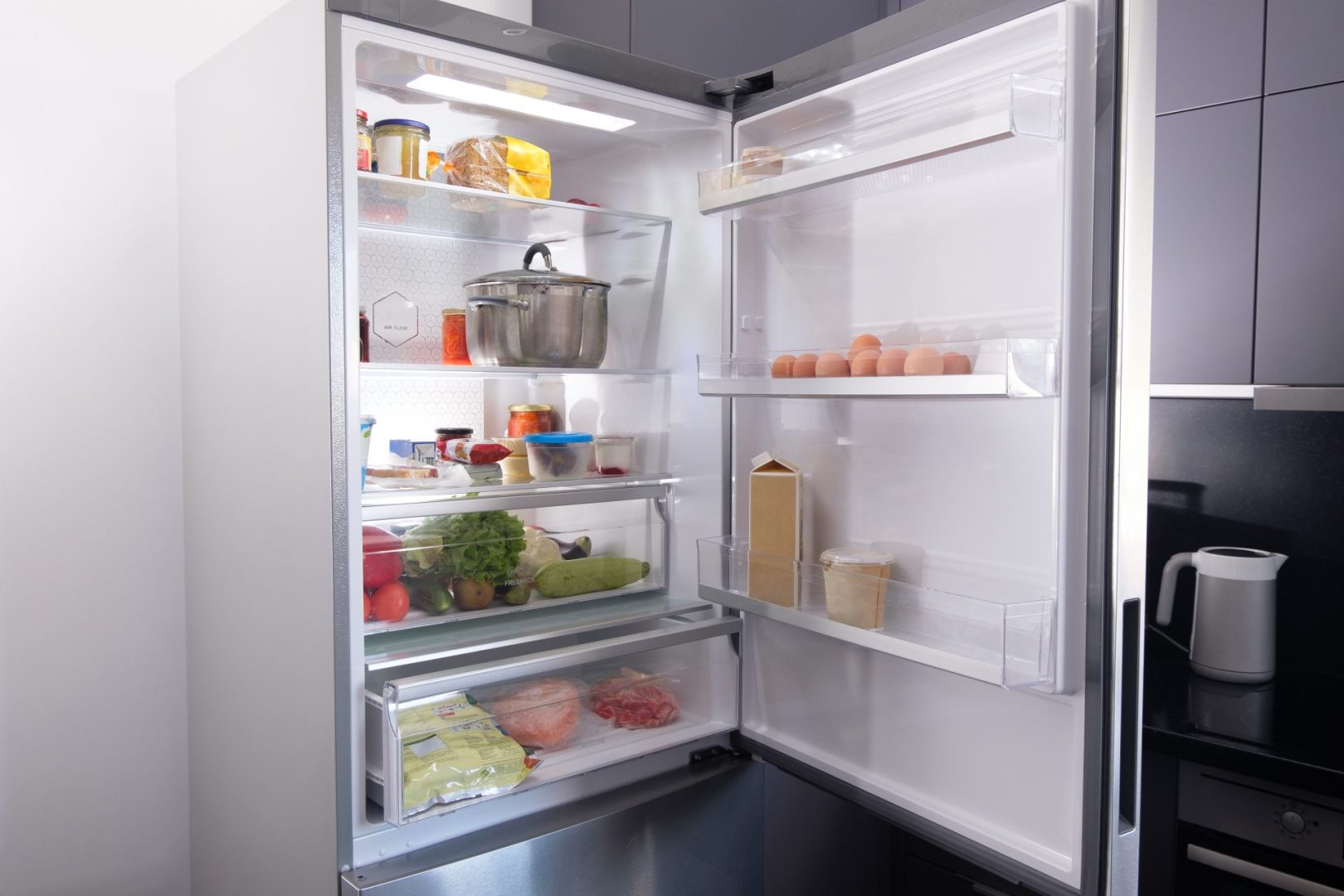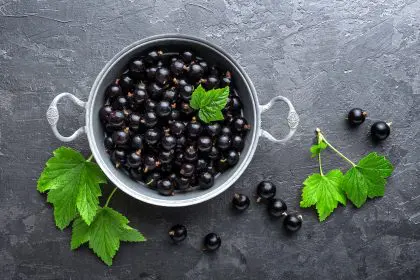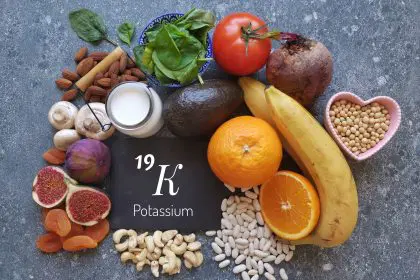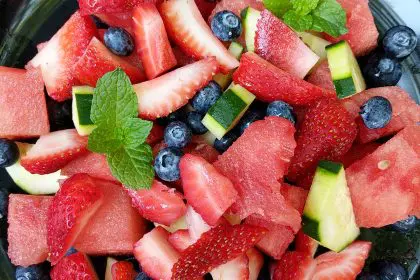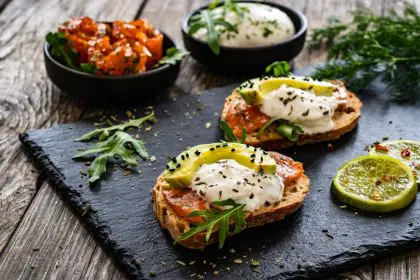A game-changing preservation method is revolutionizing how health-conscious consumers maximize the benefits of their produce
In the perpetual quest for optimal nutrition, consumers often focus on which vegetables to eat rather than how to prepare them. Yet emerging research reveals that specific preservation techniques can dramatically enhance the bioavailability of nutrients in everyday greens. Among these methods, a particular freezer technique stands out for its ability to significantly boost nutritional content while extending shelf life and reducing food waste.
This approach challenges conventional wisdom about fresh versus frozen produce. While most assume fresh vegetables always offer superior nutritional value, science suggests otherwise. When executed correctly, strategic freezing can actually concentrate certain nutrients, making them more accessible to the body than their fresh counterparts. The method works by disrupting cellular structures in a controlled manner, essentially “unlocking” compounds that might otherwise remain bound within plant cell walls.
For health-conscious individuals already investing in quality produce, this technique requires no special equipment or exotic ingredients—just a common household freezer and a few simple steps that align with the natural chemistry of green vegetables.
The science behind the nutrient boost
At the core of this technique lies a fascinating biological principle: plant cells respond to freezing by altering their internal chemistry. When temperatures drop below freezing, water molecules within plant cells form ice crystals that physically rupture cell membranes. Though this process damages the structural integrity of the vegetable (explaining why thawed greens often appear limp), it simultaneously releases compounds previously trapped within cellular compartments.
Research in food biochemistry demonstrates that this cellular disruption can increase the bioavailability of several key nutrients. Carotenoids like lutein and beta-carotene become significantly more accessible, with studies showing increases ranging from 18% to an impressive 118% after strategic freezing and thawing. These compounds serve as powerful antioxidants in the body and support eye health.
Perhaps most remarkably, certain B vitamins show enhanced stability in properly frozen greens compared to those stored in refrigerator conditions. The freezing process essentially pauses enzymatic activity that would otherwise gradually degrade these vitamins. When measured after seven days, frozen greens often retain nearly twice the folate of refrigerated counterparts.
Equally important are the plant compounds that show dramatic increases in bioactivity after freezing. Glucosinolates in cruciferous greens like kale and collards convert to their active forms more readily after the freeze-thaw cycle, potentially doubling their cancer-protective properties. This transformation mimics what happens when these vegetables are chewed thoroughly, but occurs more uniformly throughout the entire leaf.
The optimal freezing method for maximum nutrition
The technique begins with proper selection of greens. Dark, leafy varieties like spinach, kale, Swiss chard, and collard greens respond most favorably to this method. Their naturally high concentration of fat-soluble nutrients makes them ideal candidates for the freeze-boost technique.
Start by thoroughly washing the greens in cold water to remove any soil or contaminants. Unlike conventional freezing methods, which typically recommend blanching first, this nutrient-maximizing approach works best with raw greens. Blanching, while effective for preserving texture and color, can actually leach water-soluble vitamins into the cooking water.
After washing, the critical step involves removing excess moisture without applying heat. Gently pat the greens with clean kitchen towels or use a salad spinner to eliminate surface water. This prevents large ice crystals from forming during freezing, which would damage the cellular structure too severely.
Next comes the crucial innovation in the technique: rather than simply placing greens directly into the freezer, first seal them in vacuum-sealed bags or airtight containers with as much air removed as possible. This controlled environment prevents oxidation and freezer burn while allowing for optimal ice crystal formation within the plant cells.
The temperature of the freezer plays a significant role in the process. For maximum nutrient enhancement, the freezer should be set to its coldest setting (ideally between 0°F and -10°F). This rapid freezing creates smaller ice crystals that precisely rupture cell compartments without destroying the overall structure of the nutrients themselves.
The greens should remain frozen for at least 24 hours to complete the cellular transformation. When ready to use, thaw them gradually in the refrigerator rather than at room temperature. This slower thawing process preserves more nutrients than rapid thawing methods like microwaving.
Maximizing the nutritional benefits in everyday meals
The transformed greens, with their enhanced nutrient profile, can be incorporated into daily meals in various ways. While their texture will be softer than fresh greens, this actually becomes an advantage in many culinary applications.
Smoothies represent perhaps the most efficient way to utilize these nutrient-boosted greens. The already-ruptured cell walls eliminate the need for high-powered blending, resulting in smoother textures and better nutrient absorption. Green smoothies made with these specially frozen greens deliver approximately twice the carotenoid content of those made with fresh greens, according to comparative analyses.
These processed greens also excel in cooked applications. When added to soups, stews, and curries, they release their nutrients more readily into the surrounding liquid, essentially creating a more nutritious broth. Their softer texture allows them to blend seamlessly into these dishes without the sometimes tough or chewy quality of fresh greens.
For egg dishes like omelets and frittatas, the pre-frozen greens release less water during cooking, resulting in a better final texture while delivering enhanced nutrition. The same advantage applies to casseroles and baked pasta dishes, where excess moisture from fresh greens can sometimes create unwanted sogginess.
Perhaps surprisingly, these greens also work exceptionally well in baked goods. When finely chopped and added to muffin or quick bread batters, they contribute concentrated nutrition without significantly affecting flavor or texture. Children who might resist fresh greens often accept these hidden additions, unknowingly consuming doubled doses of essential nutrients.
Comparing traditional preservation with the nutrient-boosting technique
This strategic freezing approach differs significantly from conventional food preservation methods. Traditional freezing aims primarily to extend shelf life while minimizing textural damage. In contrast, this method intentionally creates controlled cellular disruption to maximize nutritional availability.
In conventional blanching-before-freezing, vegetables are briefly cooked in boiling water, then submerged in ice water before freezing. This process preserves color and texture by deactivating enzymes that cause deterioration, but it also allows water-soluble vitamins to leach into the cooking water. Studies comparing blanched frozen greens with those processed using the nutrient-boosting technique show the latter retain approximately 1.8 to 2.2 times more vitamin C and B vitamins.
Freeze-drying, another common preservation method, removes moisture through sublimation while preserving most nutrients. However, this technique requires specialized equipment and significantly alters texture. The nutrient-boosting freezer method achieves comparable nutritional enhancement with standard household equipment.
Fermenting greens creates beneficial probiotics but transforms their flavor profile considerably. The freezer method maintains a more neutral flavor while still enhancing nutrient bioavailability, making it more versatile for various culinary applications.
Practical tips for implementing the technique
For busy households, batch processing makes this technique particularly convenient. Dedicating one day monthly to preparing multiple varieties of greens can create a ready supply of nutrient-enhanced vegetables always available for quick meal preparation.
Portion control becomes easier with this method as well. By freezing greens in ice cube trays or small portions before transferring to larger storage containers, individuals can access precise amounts needed for recipes without thawing excess product.
Labeling proves essential, as these processed greens maintain their nutrient enhancement for approximately three months when stored at consistent freezer temperatures. Beyond this window, oxidation gradually reduces their nutritional advantage, though they remain safe to consume.
For those concerned about plastic use, silicone freezer bags or glass containers designed for freezing offer sustainable alternatives that work equally well for this technique. The key remains removing as much air as possible before sealing, regardless of container type.
When shopping for greens destined for this process, consumers can confidently purchase in bulk during sales or harvest seasons. Even greens beginning to wilt slightly but not yet spoiled make excellent candidates for nutrient-enhancing freezing, reducing food waste while maximizing nutritional return on investment.
Beyond greens: expanding the technique to other vegetables
While dark leafy greens show the most dramatic nutritional enhancement from this technique, the method also benefits other vegetables to varying degrees. Broccoli, Brussels sprouts, and asparagus respond particularly well, with research indicating increases of 30-70% in certain nutrients after controlled freezing and thawing.
Colorful peppers processed this way show enhanced carotenoid availability, with red varieties demonstrating the most significant improvement. The freezing process breaks down fibrous structures that can inhibit nutrient absorption from these vegetables when consumed fresh.
Even certain fruits benefit from this approach. Berries processed with this method release more anthocyanins during digestion than their fresh counterparts, potentially doubling their antioxidant impact in the body.
Root vegetables generally show less dramatic improvement with this technique, as their denser cellular structure responds differently to freezing. However, shredded beets and carrots still demonstrate measurable nutrient enhancement when processed this way, particularly for compounds bound within their fibrous matrices.
Integrating enhanced greens into meal planning
The convenience of having nutrient-boosted greens readily available in the freezer transforms meal planning for health-conscious individuals. Morning routines become more efficient when pre-processed greens can be added directly to breakfast smoothies without the washing and chopping required for fresh alternatives.
Weeknight dinner preparation simplifies considerably when these greens can be incorporated directly into cooking without preliminary processing. A simple pasta dish transforms into a nutritional powerhouse when a handful of these enhanced greens gets stirred in during the final minutes of cooking.
For families with children resistant to vegetables, these processed greens become versatile “invisible” additions to favorite recipes. Their softer texture and milder flavor after freezing allows them to blend undetectably into sauces, meatballs, and baked goods while delivering concentrated nutrition.
Meal preppers find these enhanced greens invaluable for creating grab-and-go options that maintain their nutritional integrity throughout the week. Unlike fresh greens that deteriorate rapidly after chopping, these processed vegetables maintain their enhanced nutrient profile in prepared meals stored in the refrigerator.
By embracing this simple yet scientifically sound technique, households can effectively double the nutritional impact of their vegetable budget without increasing grocery expenditure. The approach aligns perfectly with modern priorities: nutrition optimization, waste reduction, and convenient health maintenance in busy lifestyles.

